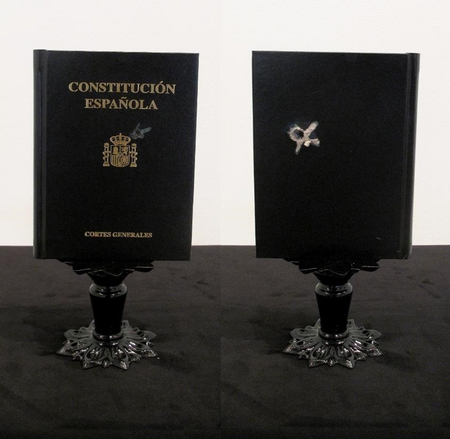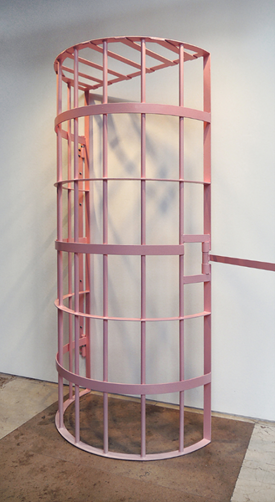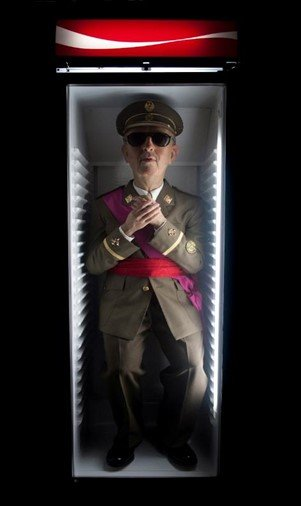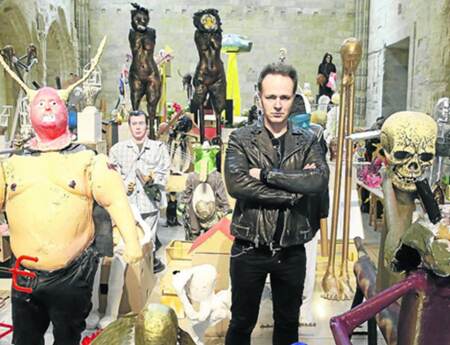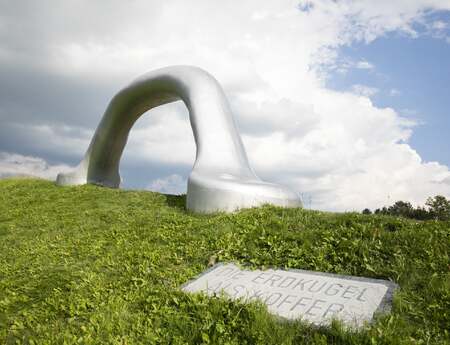Political Sculptural Practice in Spain. On Memory, Democracy and Critical Views
After the Civil War, from 1936-1975 Spain trembled under the dictatorship of general Franco. Avelino Sala, artist, curator and editor, shows how Spanish artists shed light on this dark chapter of Spanish history that is ignored too often.
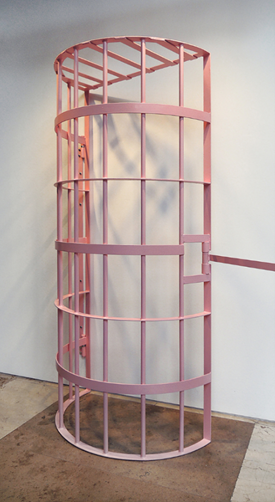
To launch a reflection on the sculpture of political mood in a country where historical memory is a vague, diffuse, unclear concept, because after the dictatorship in Spain everything went on in a "normal" way for the Francoists, the transition to democracy was that time in which their families were diluted or camouflaged in society keeping their great wealth and a lot of power accommodated in a less visible position but still among us. Today, in 2021, we continue to be heirs of those shortcomings of justice, restoration and democratic vacuum.
Today, many Spanish artists have worked with concepts of memory, criticism of the past but also of our time in relation to the relationship between society, politics and memory focused on democracy, the state, our near past, the legacy of Franco's regime and its consequences in our days. From very different aesthetic and ideological positions the artists talk about these problems.
Franco in a Coca Cola Cooler
One of the artists that interest me most in that dimension that mixes memory, criticism of the past, a certain sense of humor and radical criticism is Eugenio Merino (Madrid 1975).
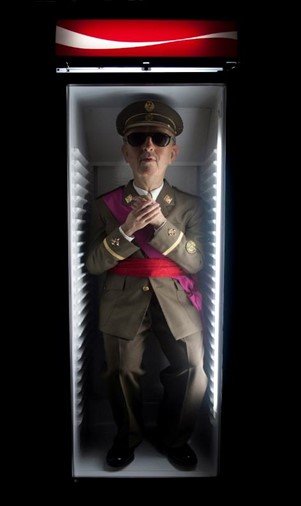
In recent years, since Merino introduced at the ARCO fair the piece of Francisco Franco in a Coca Cola Cooler (Always Franco), we have been bombarded by a systematic cascade of information: The lawsuit by the Franco Foundation (whose delirious existence many people found out about because of this) the trial, the successive events and the final victory of freedom of expression followed by the current second lawsuit by the foundation, for the piece Punching Franco, in which the dictator's head appears on a boxing punching ball with a black eye, something that is now following its legal process in a sort of wearing loop for everyone, especially the artist. Merino is one of the most interesting artists in this liquid panorama of political art because the critical dimension of his pieces in relation to the dictator and his social repercussions are a clear mirror in which Spanish society is reflected today in the year 2021. His work questions the memory of the trauma of the dictatorship and its freezing in time, as well as its perpetuation in an imaginary that persists despite the successive generations.
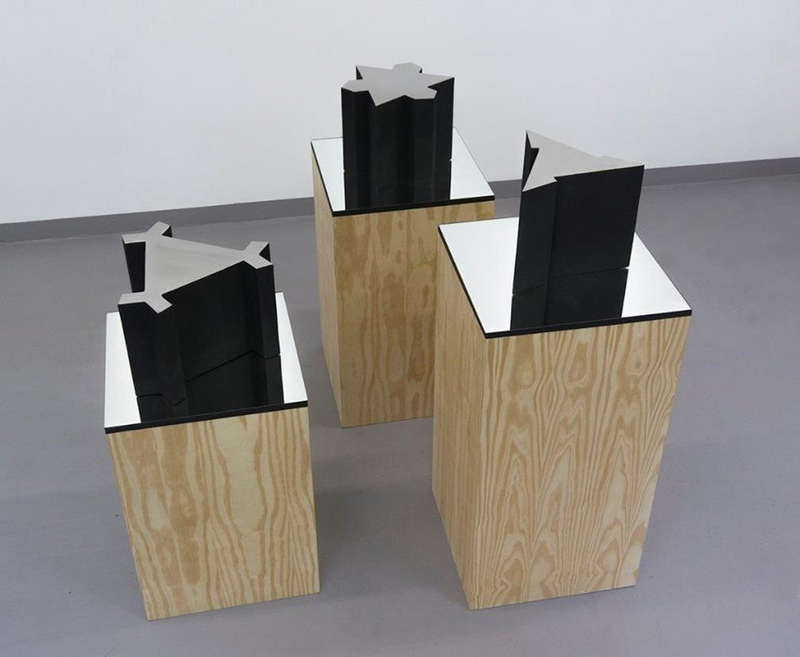
Sculpting by shooting
It is also important to highlight the work of Jorge Garcia (Toledo 1977) who recovers the idea of memory and applies it to the personal with his particular political touch. His sculptures refer directly to social constructions such as borders, barriers or walls. The limits, which are related to the issue of isolation that have much to do with the collective memory of a country that has been in a kind of isolation during the years of dictatorship. In his latest project Del gran otro al objeto a, Garcia turns the violence of weapons into an exercise in sculpture. Sculpting by shooting a series of important books for him, such as the Spanish Constitution, the Bible or Marx's Capital, in which he kills his father and mystifies what is left of him, generating relics that become sculpture, but traumatized sculpture.
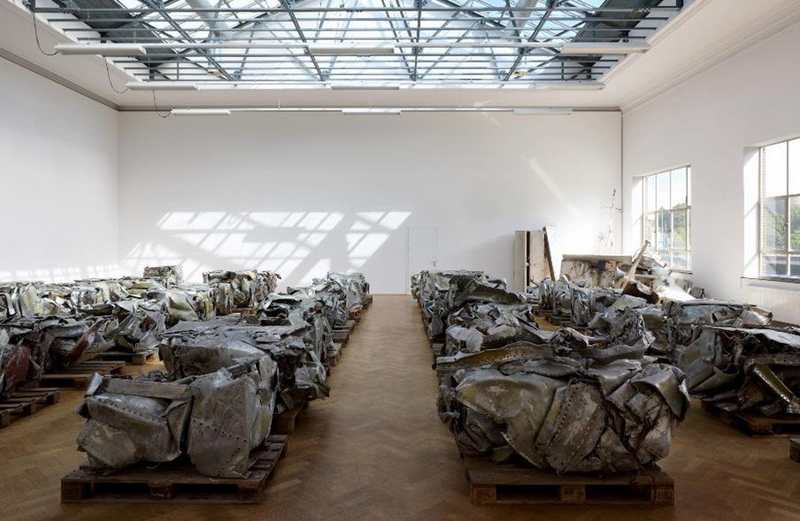
Well known is the work of Fernando Sanchez Castillo (Madrid 1970), an artist who has been working on the space of Francoism, its contradictions and paradoxes for more than twenty years. Themes such as the relationship of the Spanish citizenship of several generations with the dictatorship or the monument as a fetish in which heroism is, to a certain extent, ridiculed, are recurrent in his production. Sanchez Castillo speaks of a memory that is presented as ashes of a dark time for our people and of a collective memory that focuses on trauma and disaster. For example in his piece Guernica Syndrome where the artist buys the remains of the ship Azor, the one used by the dictator for his recreational use. Sanchez Castillo transforms it into a minimalist piece, cubes, which are undoubtedly witnesses of a time that will never return.
The work of Nuria Guell (Vidreras 1981) is framed in social sculpture but also in a space of struggle and resistance through art. Among many of her works stands out Resurrection, a project with which she made visible again the Francisco Franco Foundation (which we discovered with Merino) and articulates a "poetic justice" by buying merchandising of the dictator, to later return the payments through paypal and put an end to the action by burying the statues of the dictator in a ditch, representing the burial in the mass graves of the losers of the civil war and whose memory has never been restored.
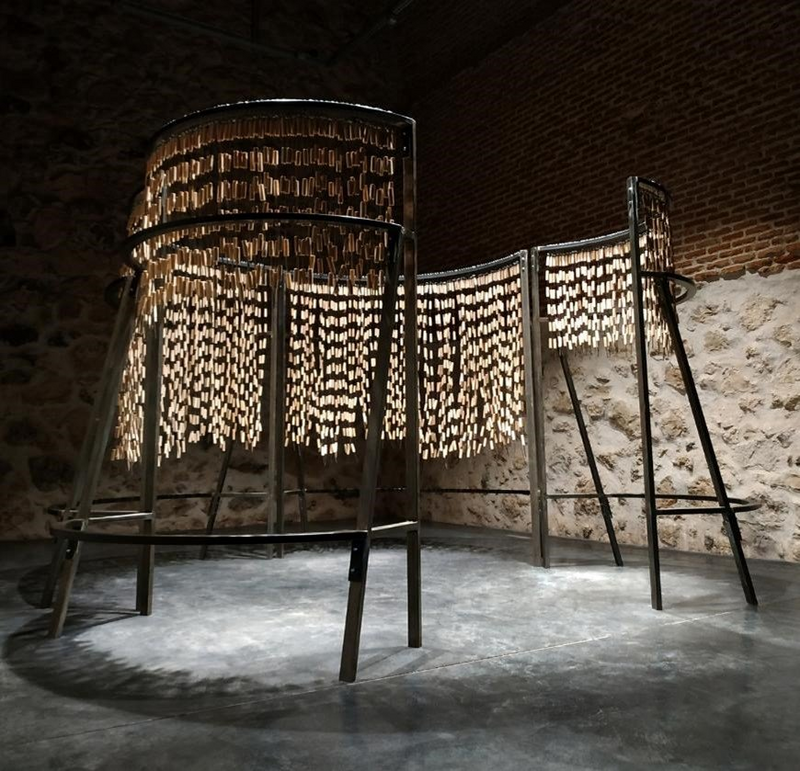
Traumas of confinement, and punishment
There are other artists who address these issues related to the past, to democracy, from other perspectives, perhaps not so direct but equally effective. The work of Paula Rubio Infante (Madrid 1977) focuses on the deprivation of freedom as one of the references of his work, the formalizations of the traumas of confinement, surveillance and punishment (typical of Franco) through objects of prisons or pieces of furniture, violent objects generates sculptural structures that make up a silent but ultra powerful work in terms of its meaning, the violence of the past in prisons, psychological and physical, emerges in his works. A more subtle look that generates sculptures of a magical beauty but that also transmit uneasiness, contradictory sensations of a resounding work.
A part of the current sculpture in Spain stands out for this look at our own past, there are many more artists who work with these memorial materials, although we can not speak of all of them.
If the artists mentioned here are capable of developing projects that remember what happened and articulate mechanisms so that, as a society, we are able to prevent history from repeating itself, then their work is already a real success. Because we cannot and must not forget. An Art for the memory.
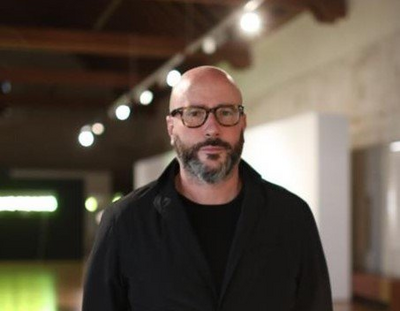
Author: Avelino Sala, (Gijón-España, 1972) is an artist, curator and editor (Sublime Magazine)
By continuously exploring social imagery, Sala tries to put a finger on sore spots, demonstrating the power of art as a space for experimentation and for the creation of new worlds. Sala is a Spanish referent of art as a vehicle for political resistance, in his production there is a sort of poetics that contains a reflection on state powers and the control they exercise. His recognizable aesthetic strengthens a discourse that is as necessary as it is powerful, encompassing sensitive and relevant subjects such as migrations, contemporary dislocation, the environmental crisis and the paradoxes of capitalism.
Article published on April 30, 2021
